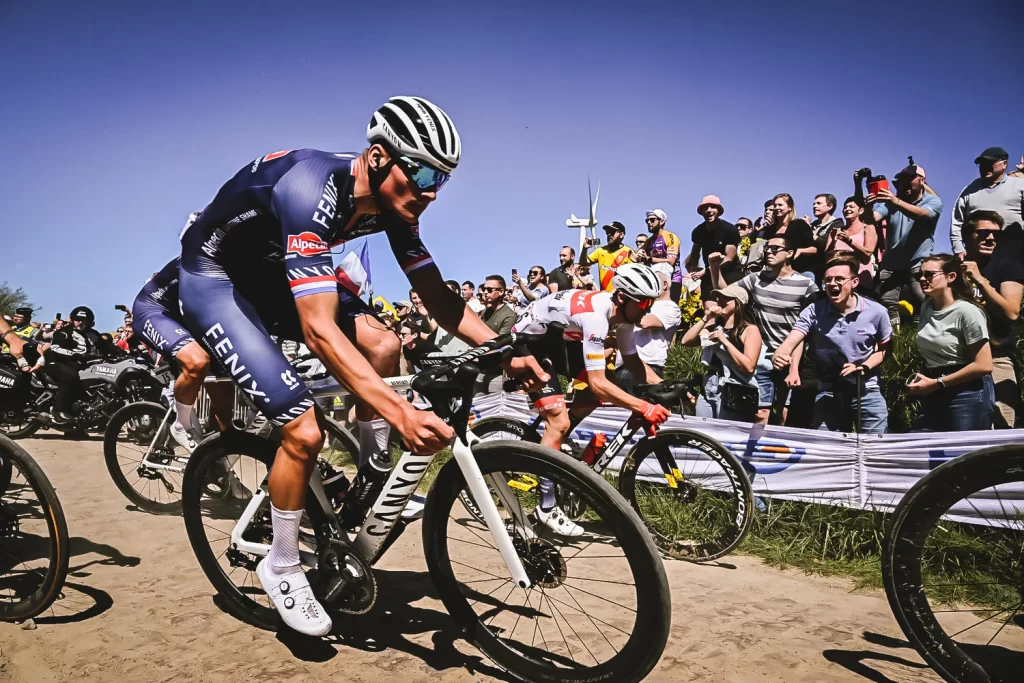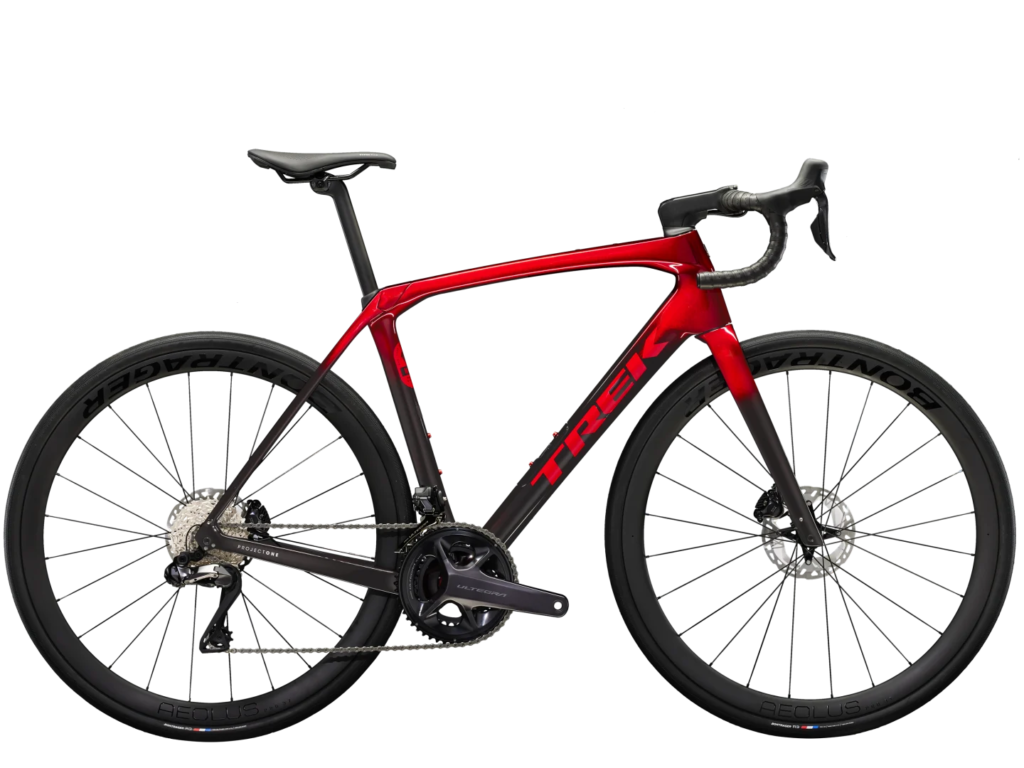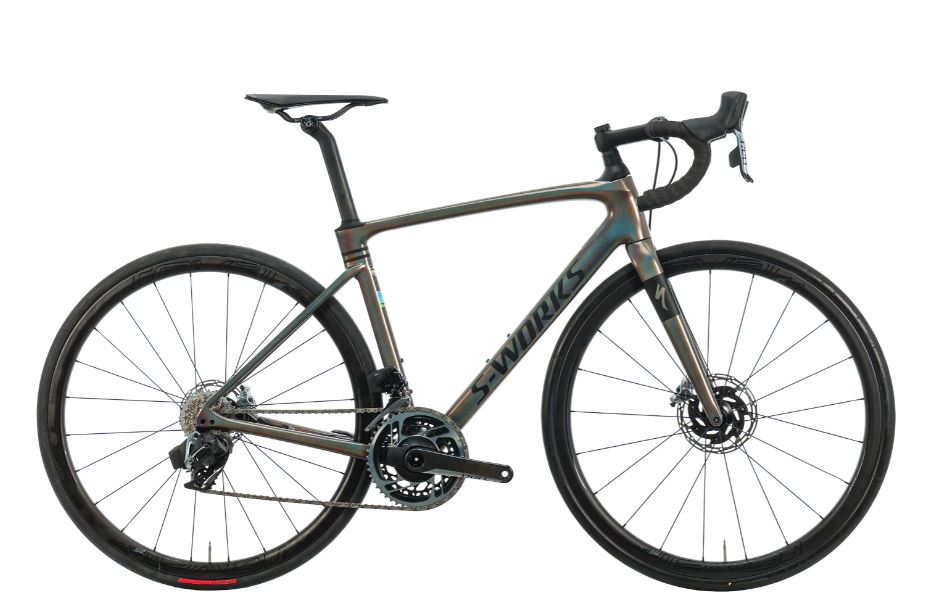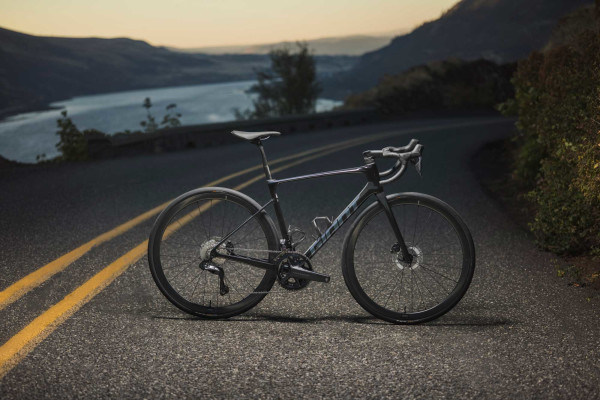The Evolution of Road Bikes: A Journey Through Time

Key Point Summary of The Evolution of Road Bikes:
- From Humble Beginnings: The road bike’s journey started in the late 19th century, evolving from basic, heavy frames to the sleek, aerodynamic designs we see today.
- Technological Milestones: Key developments include the introduction of derailleurs, advancements in frame materials, and the birth of aerodynamics in bike design.
- Material Magic: The shift from steel to aluminum, then to carbon fiber, revolutionized bike weight, strength, and ride quality.
- Geometric Genius: How bike geometry has been fine-tuned over the decades to enhance performance, comfort, and handling.
- The Future is Now: Integration of technology in road bikes, from electronic shifting to real-time data tracking, shaping the future of cycling.
As a seasoned cyclist who’s raced, ridden, and reveled in the world of cycling from the rugged terrains of mountain biking to the strategic and grueling fields of cyclocross, and the adventurous paths of gravel biking, I’ve witnessed firsthand the remarkable evolution of road bikes. This journey isn’t just a tale of technological advancements; it’s a saga that mirrors our own growth as cyclists, from wide-eyed beginners to seasoned masters of the pedal. Let’s embark on this journey together, tracing the lineage of road bikes from their inception to the modern marvels they are today. Before we dive deep, here’s a snapshot for those who crave the essence without the expedition.
The Dawn of the Road Bike
The road bike’s story begins in the late 19th century, a time when bicycles were a novelty rather than a mode of serious transportation or a vessel for competition. Back then, bikes were hefty, cumbersome, and far from the efficient machines we know today. My first encounter with a vintage road bike at a museum left me in awe of how far we’ve come, both in design and materials.
The Material Evolution: From Steel to Carbon Fiber
The metamorphosis of road bikes is largely a tale of material innovation. Initially forged from steel, road bikes were sturdy but heavy. My grandfather once shared tales of his steel steed, a bike that was as much a workout to lift as it was to ride. The leap to aluminum was revolutionary, slashing weight and making bikes more accessible and enjoyable. Yet, it was the advent of carbon fiber that truly transformed the game. My first ride on a carbon fiber bike felt like flying, each pedal stroke propelling me forward with unprecedented ease.

Gearing Up: The Derailleur Revolution
Imagine pedaling without the ability to shift gears. Early cyclists did just that until the derailleur’s introduction in the early 20th century, a breakthrough that fundamentally changed road cycling. This innovation allowed riders to tackle varying terrains and conditions by efficiently changing gears, a feature we often take for granted today. My personal epiphany came during a grueling hill climb, where shifting to a lower gear made the difference between standing atop the podium and succumbing to the mountain.
Aerodynamics: Shaping the Wind
The quest for speed has always driven road bike evolution, leading to the integration of aerodynamics into bike design. From the once-standard round tubing to the sleek, wind-cutting profiles of today, every curve and angle is optimized for speed. I remember my first race on an aerodynamic bike; it was as if the air itself had become a silent ally, whispering me forward.

The Geometry of Speed and Comfort
Bike geometry has undergone its own evolution, balancing the need for speed with the demand for comfort. Early road bikes featured a one-size-fits-all approach, often resulting in a less-than-ideal fit. Today, bikes are designed with specific geometries to suit different types of riding and riders. My transition from a race-oriented geometry to a more endurance-focused design marked a turning point in my cycling journey, offering comfort without sacrificing performance.
The Digital Revolution: Electronic Shifting and Beyond
Perhaps one of the most significant advancements in recent years is the rise of electronic shifting. The precision, reliability, and ease of use offered by electronic systems have improved the cycling experience dramatically. My first ride with electronic shifting was nothing short of a revelation, each shift as smooth as a hot knife through butter.
The Future is Now: Smart Bikes and Sustainability
As we pedal into the future, road bikes continue to evolve, becoming smarter and more integrated with technology. The emergence of smart bikes, equipped with sensors and connectivity, offers real-time data to optimize performance, health, and maintenance. Moreover, the cycling industry’s focus on sustainability, from eco-friendly materials to manufacturing processes, promises a greener future on two wheels.
Reflecting on the Journey
The evolution of road bikes is a testament to human ingenuity and our relentless pursuit of perfection. Each advancement, from the first steel frames to the latest carbon fiber creations, reflects a chapter in our collective cycling story. As I reminisce about my journey from a novice pedaler to a master of the roads, trails, and tracks, I’m filled with gratitude for the innovations that have made this journey possible.

Choosing road bikes that stand the test of time involves looking for models renowned for their durability, timeless design, and ability to adapt to advancements in cycling technology. While specific models may evolve, certain brands and bike series have built reputations for enduring quality and performance. Here’s a list of road bikes that, based on their history and construction, are likely to serve you well for many years:
1. Specialized Roubaix
The Specialized Roubaix, named after the grueling Paris-Roubaix race, is designed for endurance and comfort, featuring pioneering shock-absorption technology with its Future Shock system. Its carbon frame is not only lightweight but also robust and compliant, making it a bike that can handle both the rigors of cobblestone classics and the demands of daily riding.
2. Trek Domane
Trek’s Domane series is another standout for durability and longevity, offering a comfortable ride with its IsoSpeed decoupler that enhances vertical compliance without sacrificing efficiency. Built with high-quality carbon frames across its range, the Domane is designed to provide a blend of speed, stability, and comfort over long distances on varied surfaces.

3. Cannondale Synapse
The Cannondale Synapse is celebrated for its balance of race-ready stiffness, comfortable endurance geometry, and all-day ride comfort. Its frame construction aims at durability and performance, with carbon and aluminum options catering to different preferences and budgets. Synapse’s design philosophy ensures it remains relevant and adaptable to evolving road cycling trends.
4. Giant Defy Advanced
Giant’s Defy Advanced series is known for its endurance-oriented geometry, innovative materials, and construction techniques that offer both comfort and durability. The Defy Advanced uses Giant’s proprietary Advanced-grade composite material to deliver a ride that’s stiff enough for efficient power transfer yet compliant enough to soften rough roads.
5. Bianchi Infinito CV
Bianchi’s Infinito CV takes endurance road biking to another level with its Countervail vibration canceling technology, integrated directly into the carbon frame. This technology, combined with a geometry designed for long rides, provides unmatched comfort and reduces rider fatigue. Bianchi’s commitment to quality and innovation ensures the Infinito CV remains a timeless choice for cyclists.
6. Colnago C64
Colnago’s C64 is a masterpiece of craftsmanship, representing the pinnacle of this storied brand’s approach to bike building. Handmade in Italy, the C64’s carbon frame is both incredibly lightweight and exceptionally durable. Its classic design and meticulous construction make it a bike that not only performs at the highest levels but also withstands the test of time.
When choosing a road bike, consider not just its current specifications but also the brand’s reputation for quality, customer service, and the ability to upgrade components over time. A well-maintained bike from any of these series could potentially offer decades of riding pleasure, proving that quality craftsmanship and thoughtful design are timeless.

The Road Ahead
As we look to the horizon, the evolution of road bikes shows no signs of slowing. With each pedal stroke, we’re not just moving forward on the road, but we’re also propelling the very evolution of the bikes beneath us. Whether you’re a beginner just starting out or a mid-level cyclist looking to deepen your connection with the sport, remember that every ride is a part of this grand, ongoing journey of innovation and discovery.
Embrace the ride, for the road bike’s evolution, is not just a chronicle of technological advancements; it’s the story of us, the cyclists, navigating the path of progress, one pedal stroke at a time.
John

FAQ
How have road bikes changed?
Road bikes have evolved significantly, with changes including lighter and stronger materials (from steel to carbon fiber), improved aerodynamics, advanced gearing systems (from single-speed to electronic shifting), and enhanced comfort and efficiency through refined geometry and technology like suspension systems.
How has the bike evolved over time?
The evolution of the bicycle has seen it transform from the basic wooden-frame draisine to high-tech carbon and alloy bikes. Key developments include the introduction of pedals (1839), pneumatic tires (1888), derailleur gears (early 20th century), and continuous advancements in materials and design for better performance and comfort.
When was the road bike invented?
While bicycles have been around since the early 19th century, what we recognize as the modern road bike began to take shape in the late 19th century, with the safety bicycle (featuring a chain-driven rear wheel and similar-sized wheels) emerging in the 1880s.
What is the history of road cycling racing?
Road cycling racing has roots dating back to the late 19th century, with the first recorded race held in 1868 in Paris, France. It quickly gained popularity, leading to iconic races like the Tour de France, which started in 1903. Over time, it has evolved into a global sport with a professional circuit, including Grand Tours, one-day classics, and world championships.






